 Development of combat training aircraft “Pampa” began in 1979, the Design was made on the basis of the aircraft “alpha jet”, with the involvement of the company “Dornier”. In 1981 began construction of three prototypes and two airframes for static tests. The first prototype, named EX-01, first flew in October 1987 it was Planned to produce 300 aircraft: 100 for the Argentine air force and 200 for export. But in the end, to the end of 1990 produced a total of 55 cars.
Development of combat training aircraft “Pampa” began in 1979, the Design was made on the basis of the aircraft “alpha jet”, with the involvement of the company “Dornier”. In 1981 began construction of three prototypes and two airframes for static tests. The first prototype, named EX-01, first flew in October 1987 it was Planned to produce 300 aircraft: 100 for the Argentine air force and 200 for export. But in the end, to the end of 1990 produced a total of 55 cars.FMA IA 63 Pampa (Argentina)
 Development of combat training aircraft “Pampa” began in 1979, the Design was made on the basis of the aircraft “alpha jet”, with the involvement of the company “Dornier”. In 1981 began construction of three prototypes and two airframes for static tests. The first prototype, named EX-01, first flew in October 1987 it was Planned to produce 300 aircraft: 100 for the Argentine air force and 200 for export. But in the end, to the end of 1990 produced a total of 55 cars.
Development of combat training aircraft “Pampa” began in 1979, the Design was made on the basis of the aircraft “alpha jet”, with the involvement of the company “Dornier”. In 1981 began construction of three prototypes and two airframes for static tests. The first prototype, named EX-01, first flew in October 1987 it was Planned to produce 300 aircraft: 100 for the Argentine air force and 200 for export. But in the end, to the end of 1990 produced a total of 55 cars.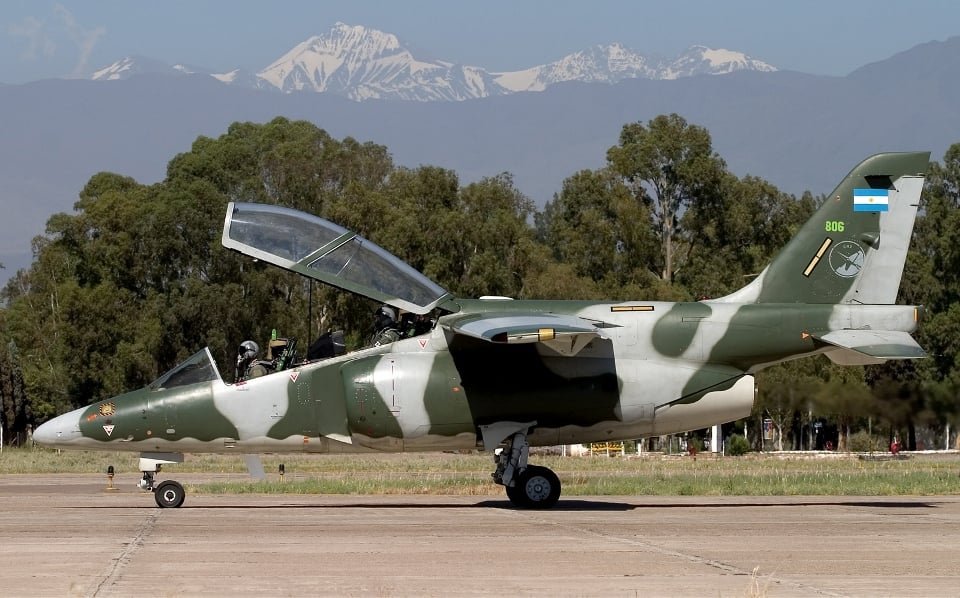
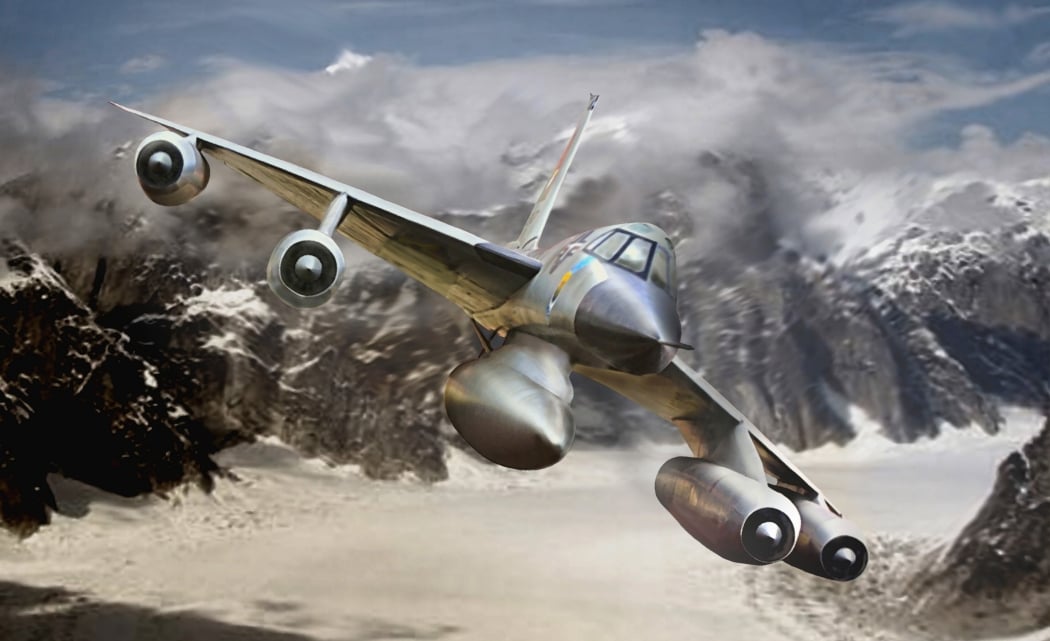
 Supersonic B-58 was created by the firm “Konver” as a replacement for the b-47. The first flight took place on 11 November 1956. Six weeks later, on 30 December 1956, the new car has exceeded the speed of sound, and after six months -29 June 1957 – Hasler made the first flight with the speed, twice the sound (M=2,03 at an altitude of about 13 km). 1 August 1960 to the customer was delivered the first production aircraft.
Supersonic B-58 was created by the firm “Konver” as a replacement for the b-47. The first flight took place on 11 November 1956. Six weeks later, on 30 December 1956, the new car has exceeded the speed of sound, and after six months -29 June 1957 – Hasler made the first flight with the speed, twice the sound (M=2,03 at an altitude of about 13 km). 1 August 1960 to the customer was delivered the first production aircraft.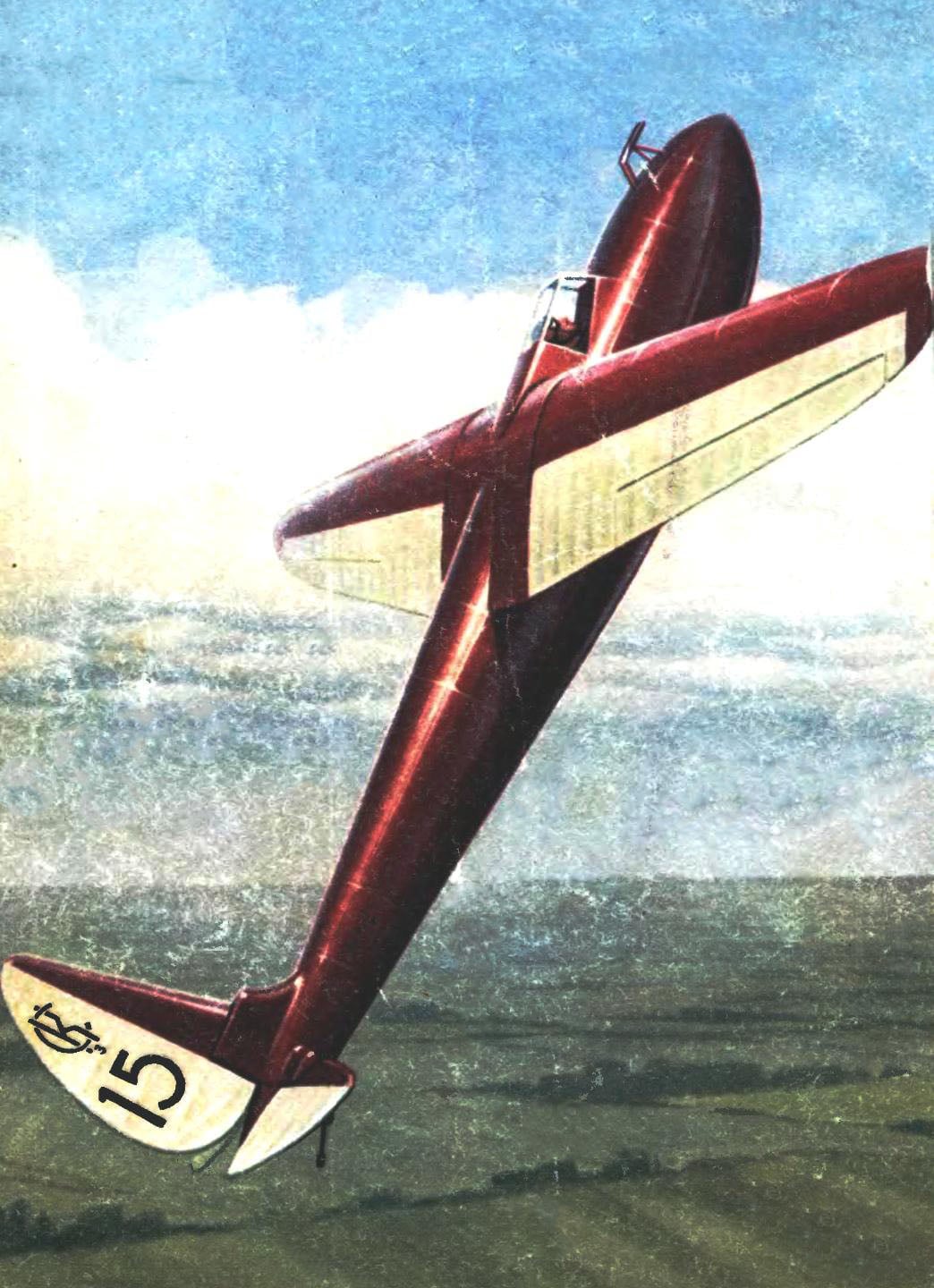
 Immediately after his return from Moscow to Koktebel in the fall of 1929 Sergei asked me to do a new airframe for aerobatics, — says the aircraft designer S. N. The lyushin.— There were many reasons that prevented me to take this job, and he began to design what later became SC-3 — “Krasnaya Zvezda”. Her design, very original, still lay in the framework of a familiar and accepted. Tasks that has set itself the S. P. Korolev was much more complicated. Here is how he talks about them:
Immediately after his return from Moscow to Koktebel in the fall of 1929 Sergei asked me to do a new airframe for aerobatics, — says the aircraft designer S. N. The lyushin.— There were many reasons that prevented me to take this job, and he began to design what later became SC-3 — “Krasnaya Zvezda”. Her design, very original, still lay in the framework of a familiar and accepted. Tasks that has set itself the S. P. Korolev was much more complicated. Here is how he talks about them:
 The first successful experience of using helicopters in combat operations in Korea 1950 — 1953 showed that the U.S. army urgently needed a multi-purpose light helicopters, able to perform tasks on landing and transportation of troops, for fire support of infantry and evacuation of the wounded, to support the transport and liaison helicopters.
The first successful experience of using helicopters in combat operations in Korea 1950 — 1953 showed that the U.S. army urgently needed a multi-purpose light helicopters, able to perform tasks on landing and transportation of troops, for fire support of infantry and evacuation of the wounded, to support the transport and liaison helicopters.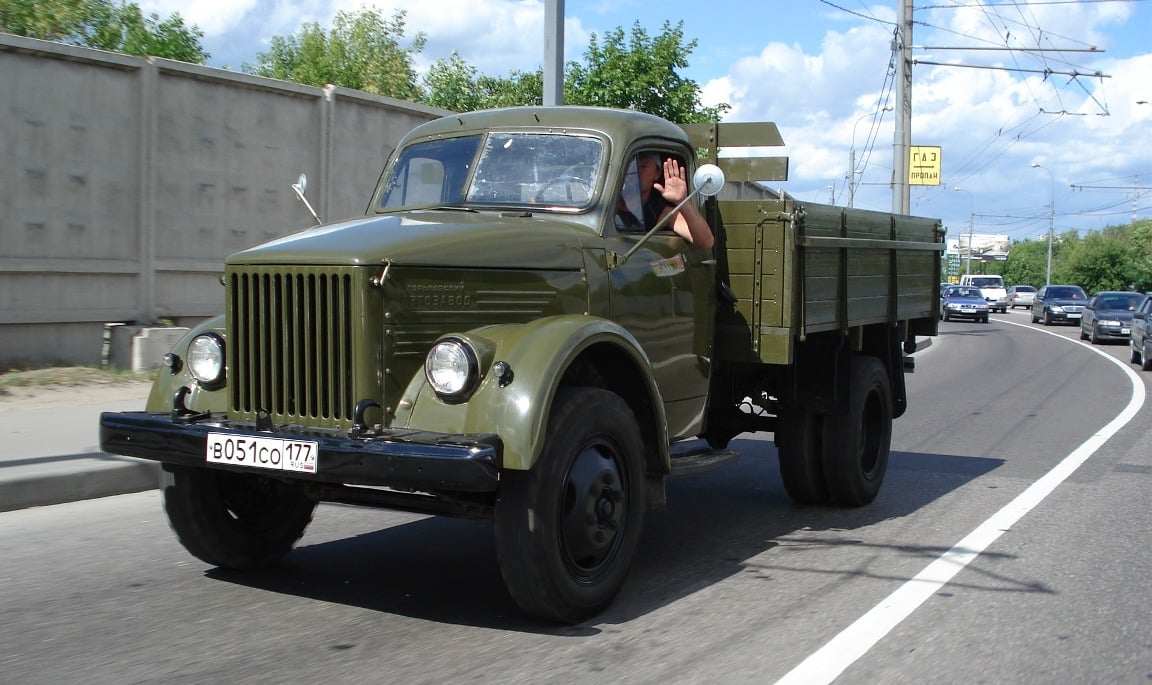

 In the history of Soviet and Russian automotive industry was not, perhaps, a more popular car than this modest, but very well built, tastefully done a 2.5-ton truck GAZ-51, or, as in my own way called it the drivers, the “lawn”.
In the history of Soviet and Russian automotive industry was not, perhaps, a more popular car than this modest, but very well built, tastefully done a 2.5-ton truck GAZ-51, or, as in my own way called it the drivers, the “lawn”.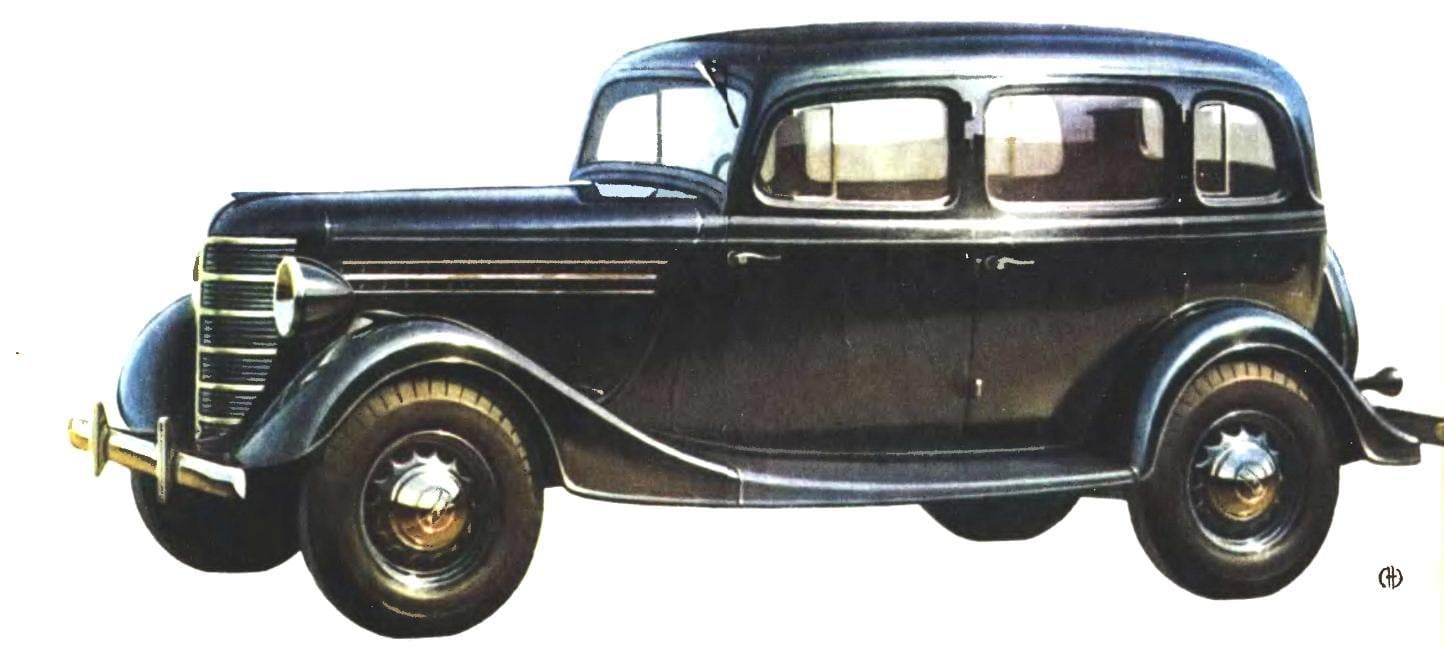
 The family car, which was launched at the Gorky plant in 1936, the machine “M-1” is, except it, there are four versions: semi-truck — “truck” “415”, “sedan” “11-73”, “Phaeton” “11-40” and all terrain vehicles models “61”. Last three cars — the second generation of the family, whose main difference is a powerful 6-cylinder engine is 4-cylinder the first two. But all machines have a lot in common or at least similar in appearance.
The family car, which was launched at the Gorky plant in 1936, the machine “M-1” is, except it, there are four versions: semi-truck — “truck” “415”, “sedan” “11-73”, “Phaeton” “11-40” and all terrain vehicles models “61”. Last three cars — the second generation of the family, whose main difference is a powerful 6-cylinder engine is 4-cylinder the first two. But all machines have a lot in common or at least similar in appearance.
 The defeat of the English troops on the European continent and the loss of almost two thirds of their tanks forced the British to seek the assistance of the United States. To make up for losses due to own production, the British was not possible.
The defeat of the English troops on the European continent and the loss of almost two thirds of their tanks forced the British to seek the assistance of the United States. To make up for losses due to own production, the British was not possible.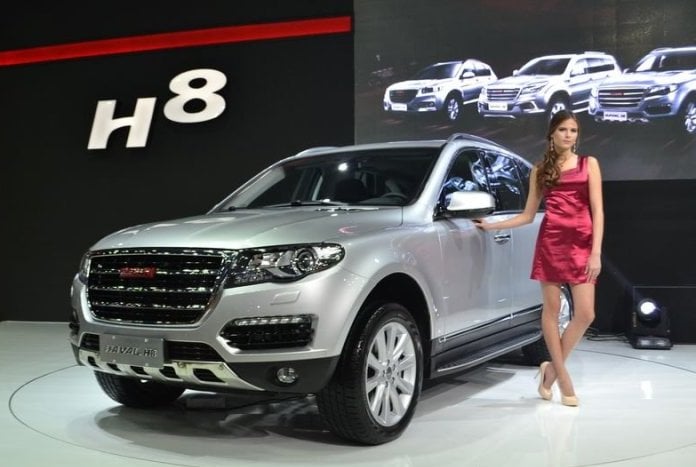
 The debut of the crossover class K2 of Great Wall Haval H8 was held in the spring of 2013 during the traditional auto show in Shanghai. Serial production began six months at the company’s plant in Boudine. At the Great Wall are proud to say that workshops are equipped with the most modern equipment, purchased from the best Spanish, German, Swiss and Japanese firms.
The debut of the crossover class K2 of Great Wall Haval H8 was held in the spring of 2013 during the traditional auto show in Shanghai. Serial production began six months at the company’s plant in Boudine. At the Great Wall are proud to say that workshops are equipped with the most modern equipment, purchased from the best Spanish, German, Swiss and Japanese firms.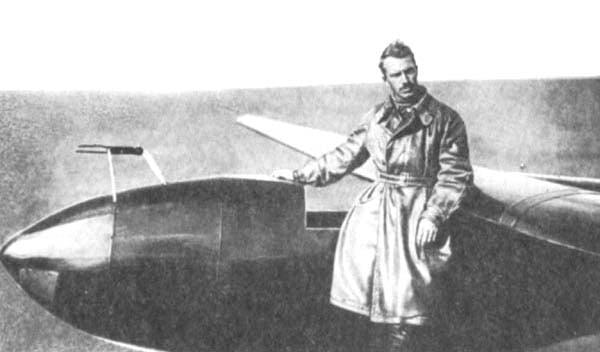
 Glider is a single cantilever monoplane with upper wing. The fuselage is pear-shaped, oval cross section, is formed by 15 frames, has two spars (top and bottom) a cross section of 10X10 mm and four stringer 10X5 mm, running along the entire length. The bottom has a landing ski of the two rails and strips of plywood, covered with duralumin. The entire frame of the fuselage is covered with plywood with a thickness of 1 mm, and a place where fixed wing, with a thickness of 2 mm.
Glider is a single cantilever monoplane with upper wing. The fuselage is pear-shaped, oval cross section, is formed by 15 frames, has two spars (top and bottom) a cross section of 10X10 mm and four stringer 10X5 mm, running along the entire length. The bottom has a landing ski of the two rails and strips of plywood, covered with duralumin. The entire frame of the fuselage is covered with plywood with a thickness of 1 mm, and a place where fixed wing, with a thickness of 2 mm.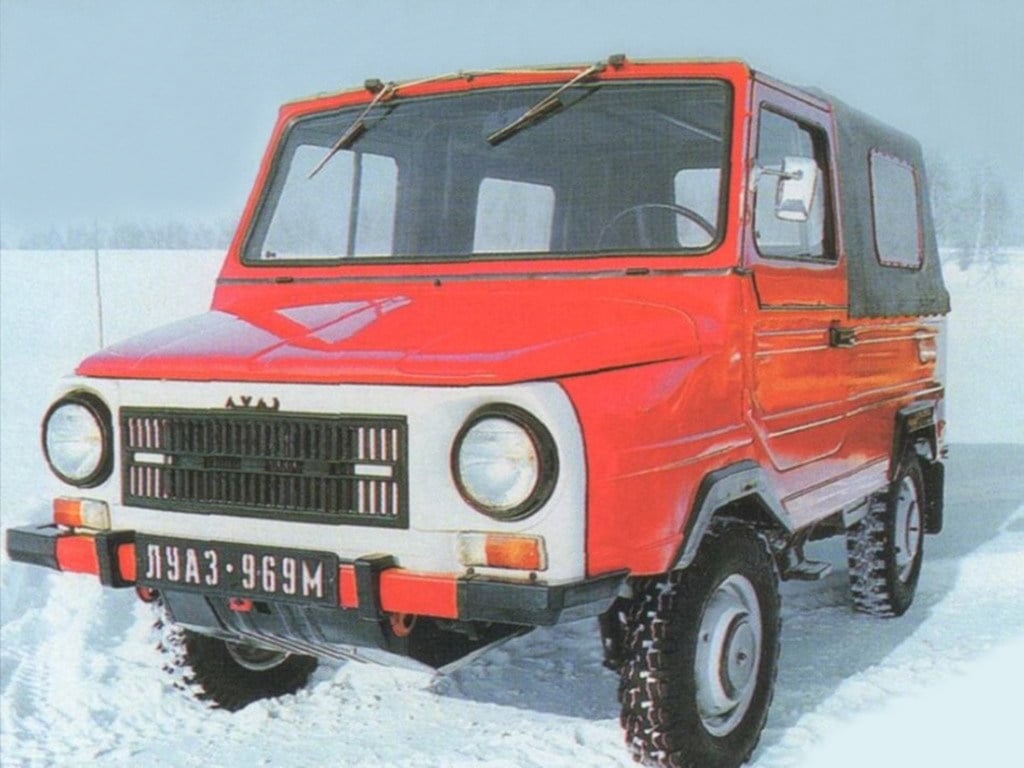

 Since came to light the car, designers fascinated by the problem of creating a small and cheap machine. Not a toy, a car truly fit for normal use.
Since came to light the car, designers fascinated by the problem of creating a small and cheap machine. Not a toy, a car truly fit for normal use.